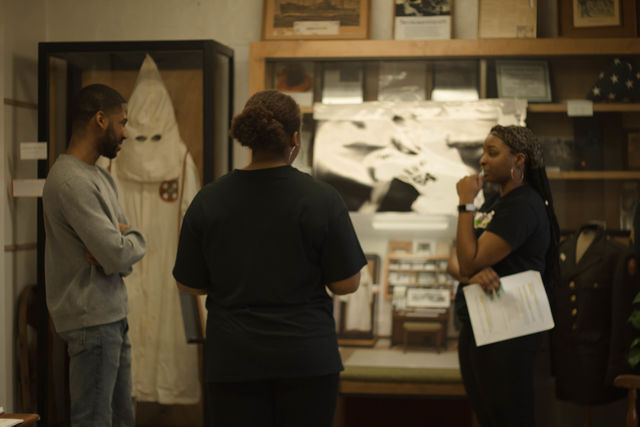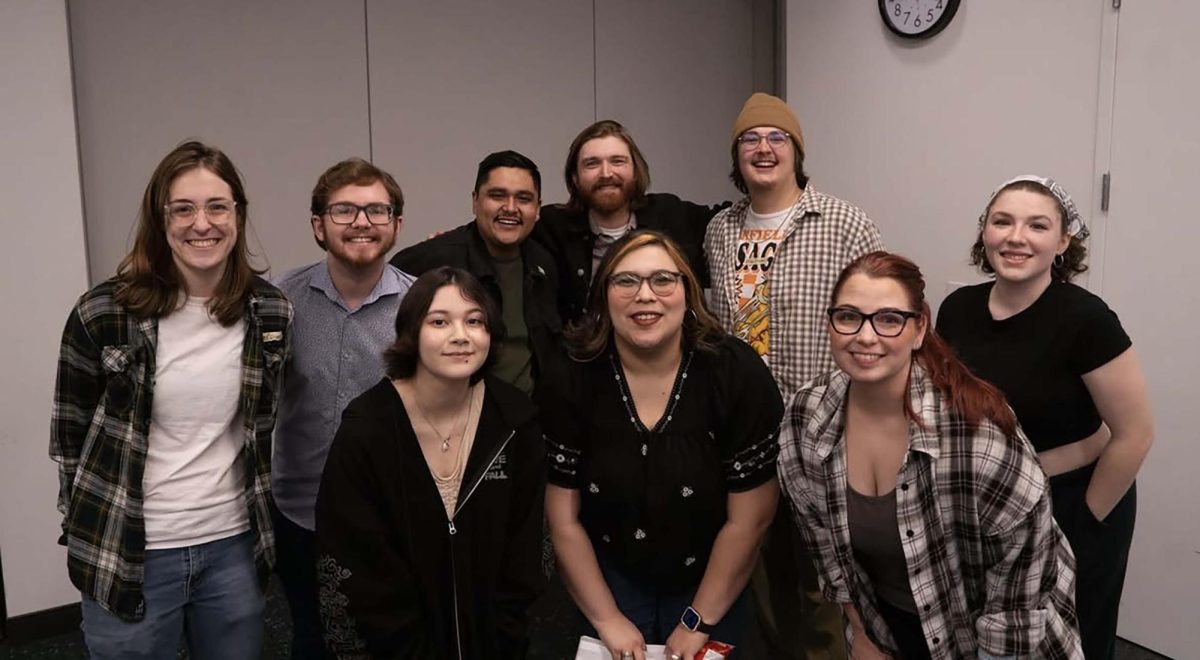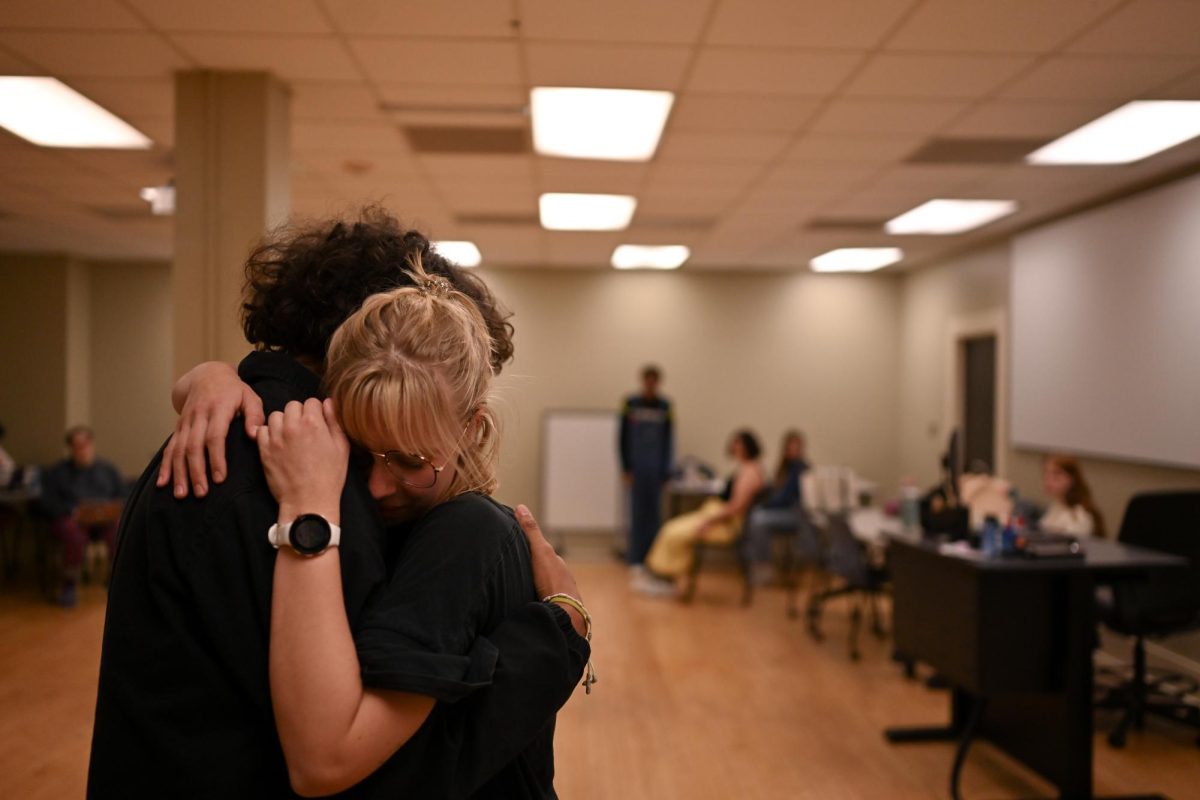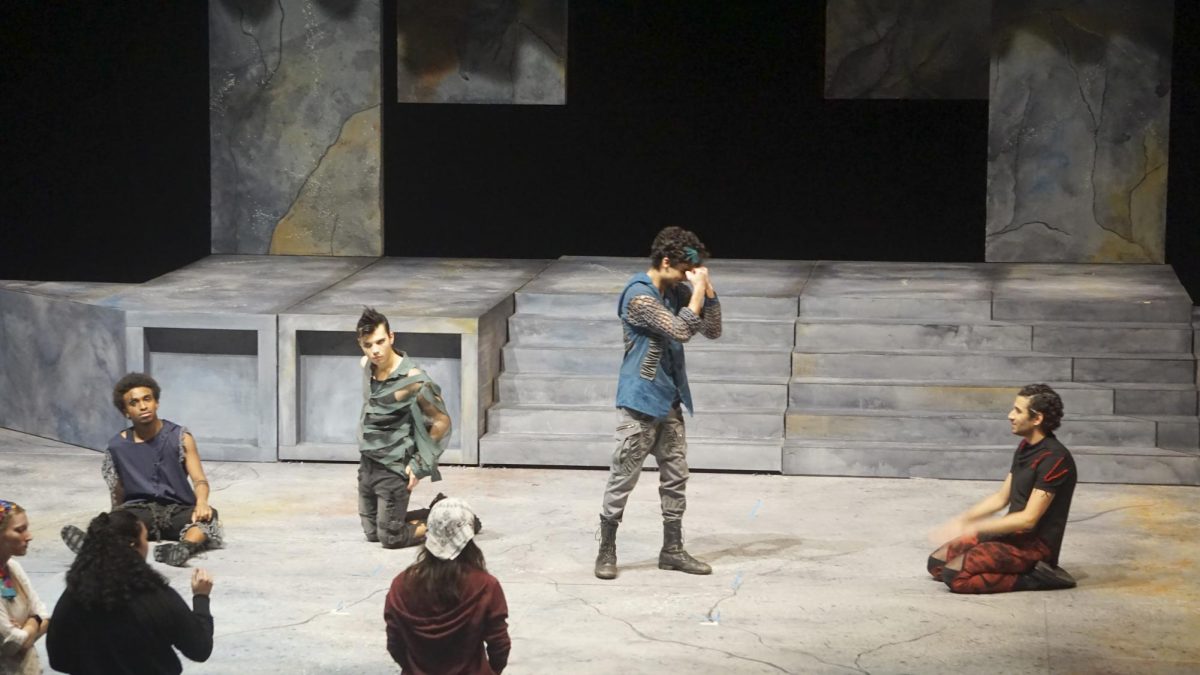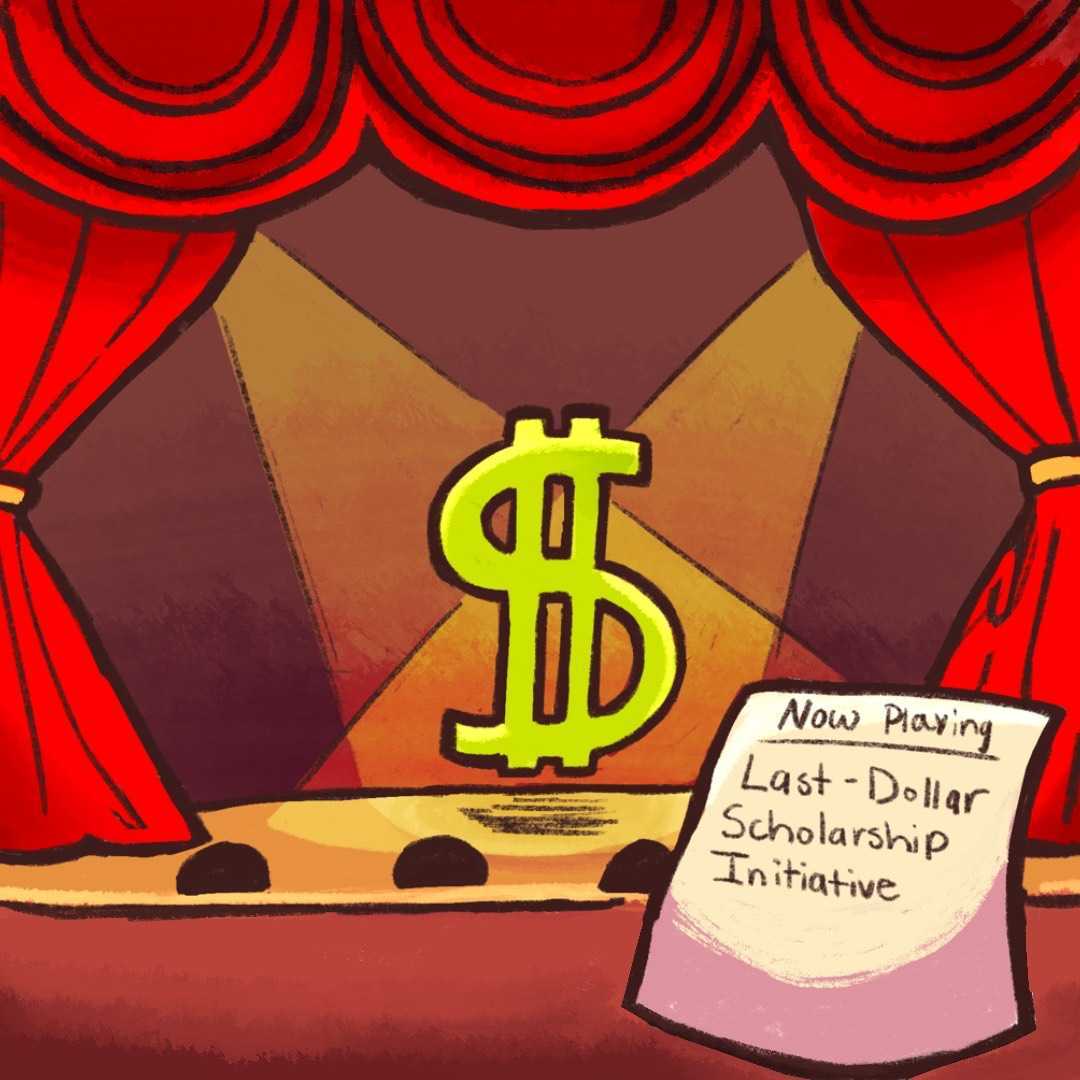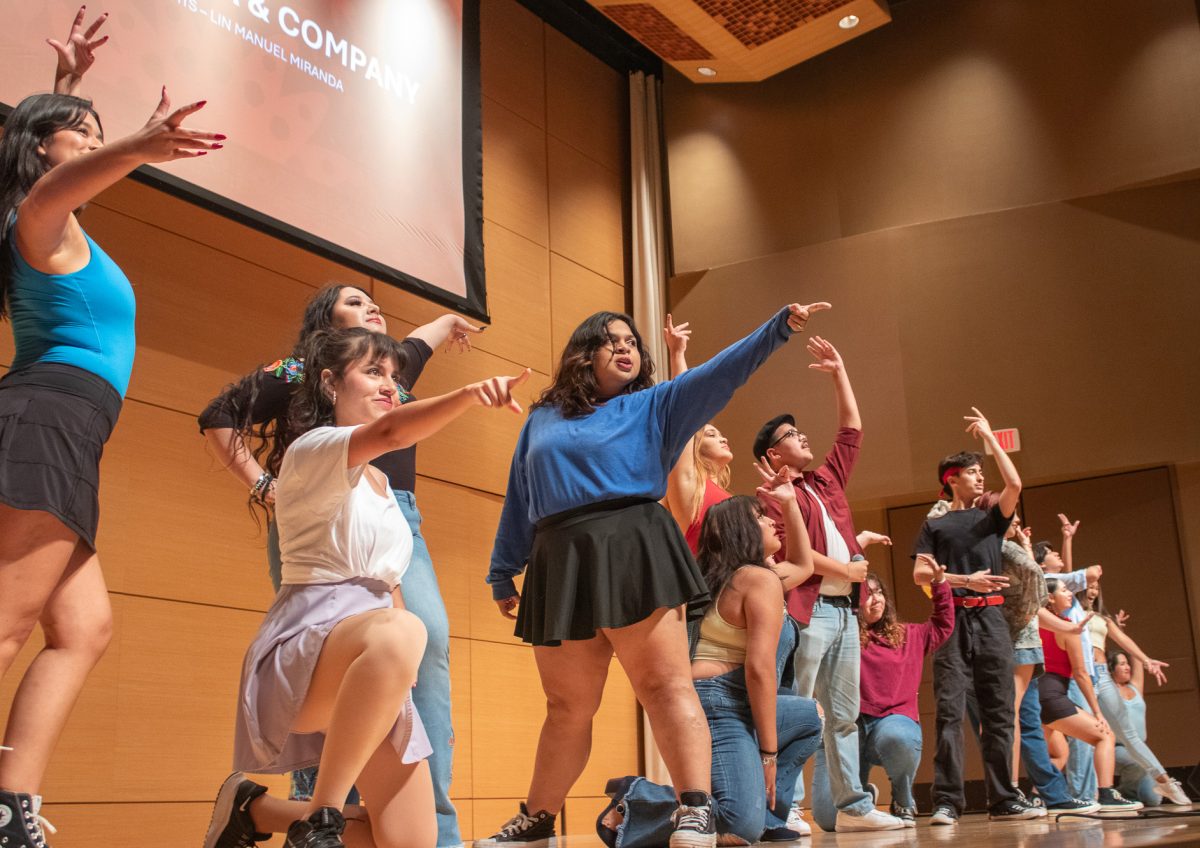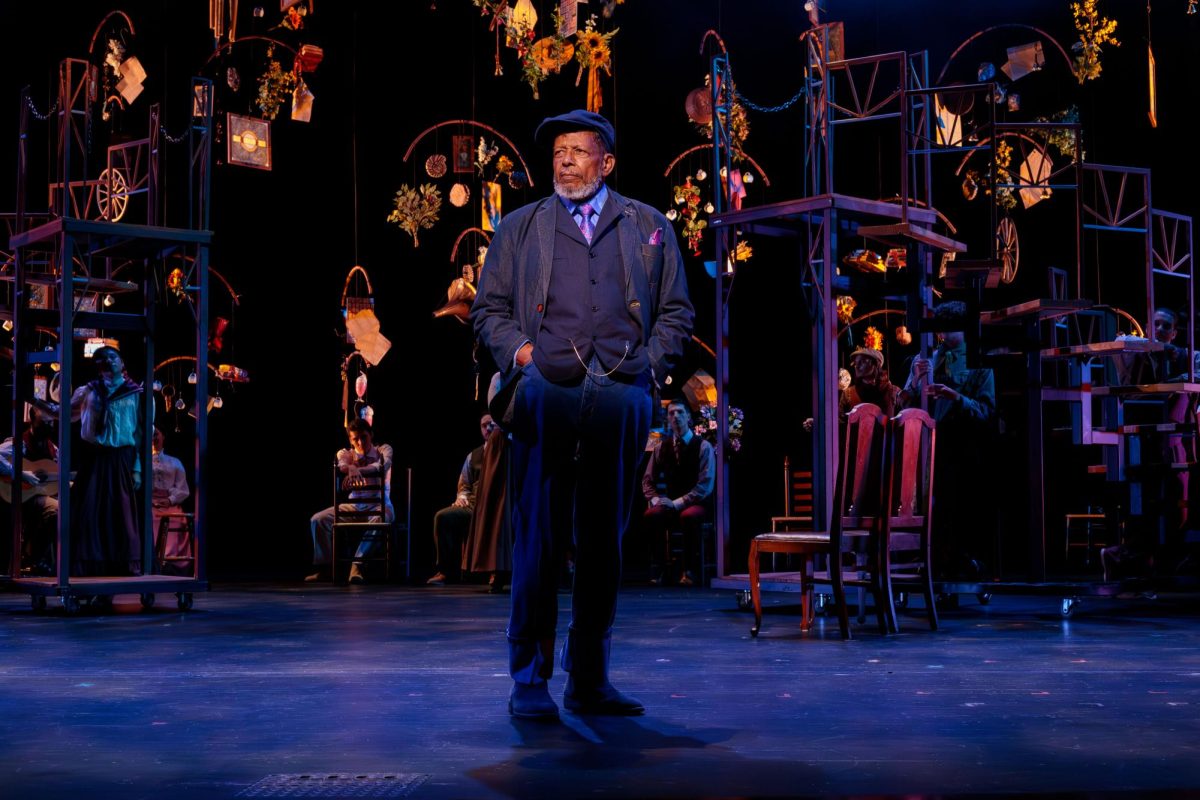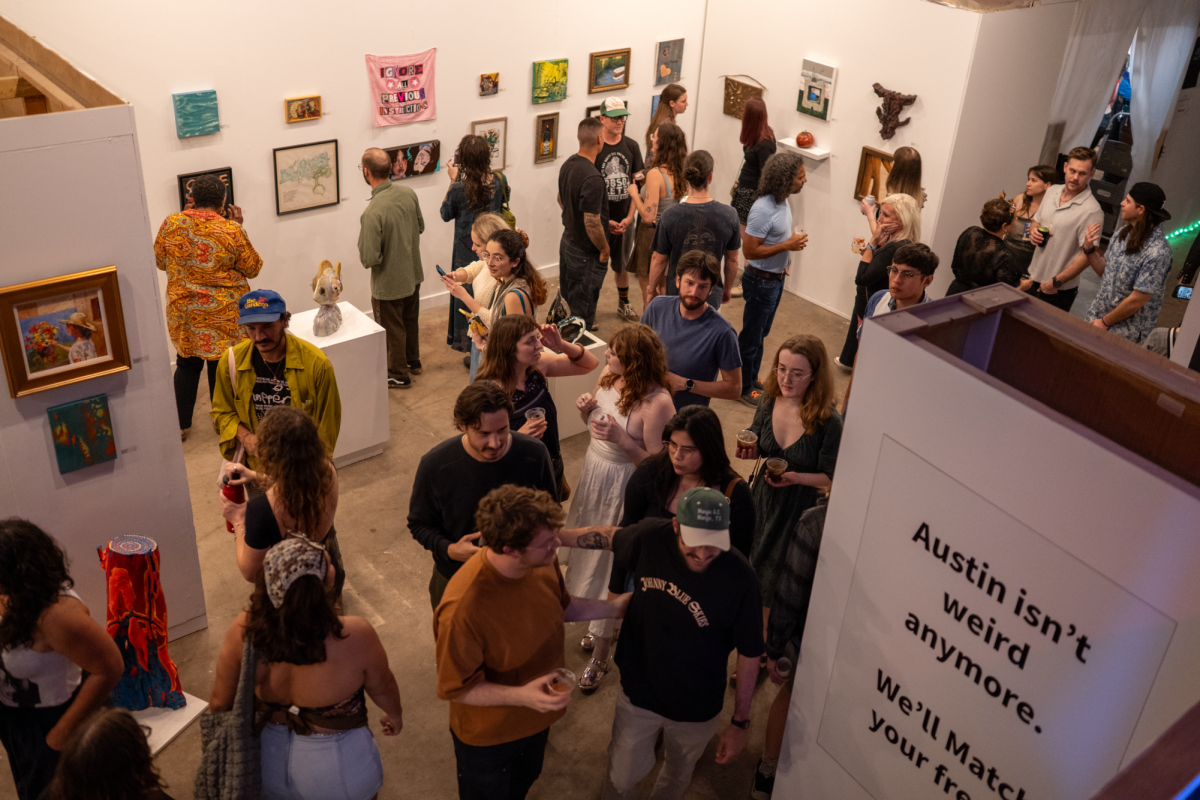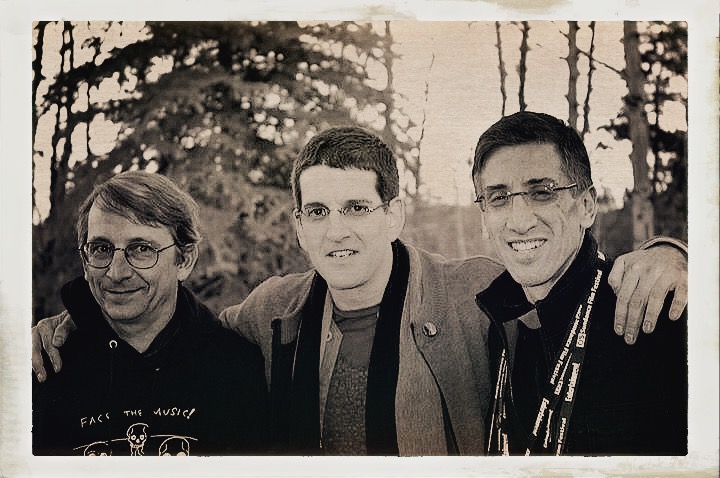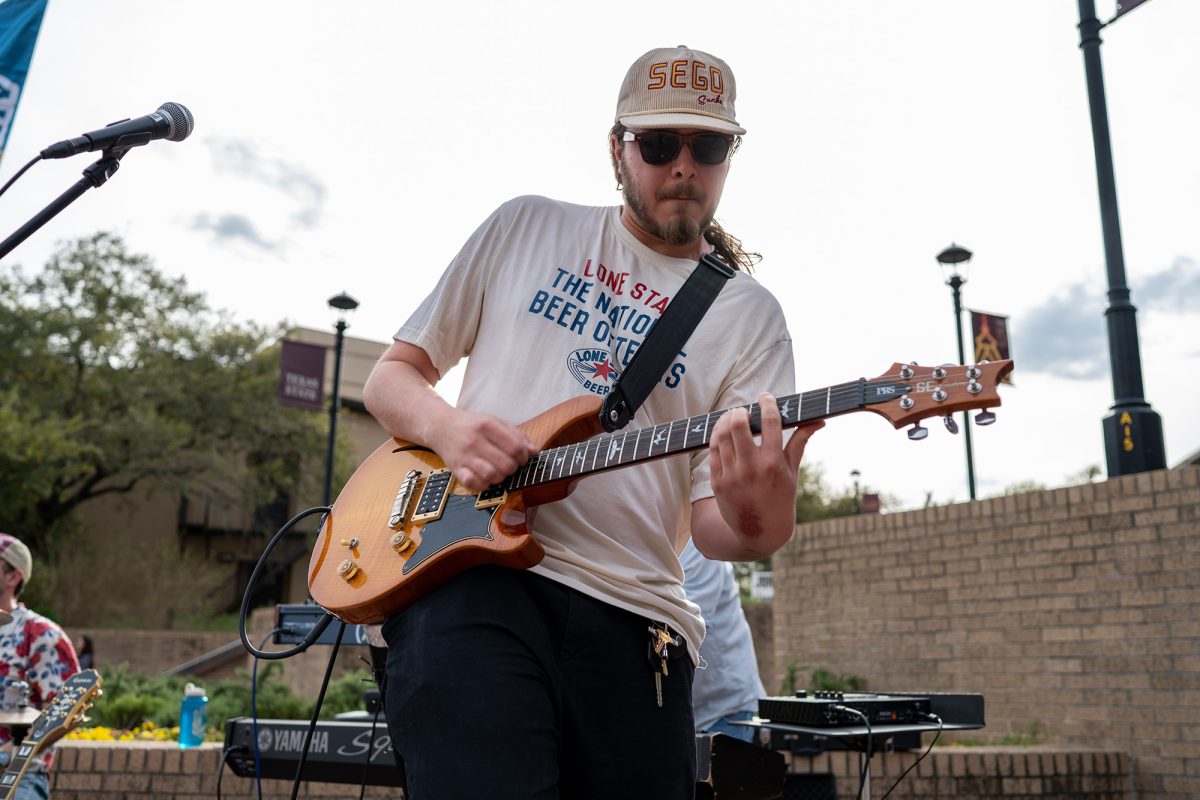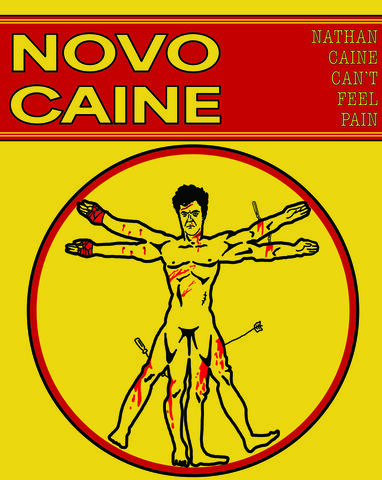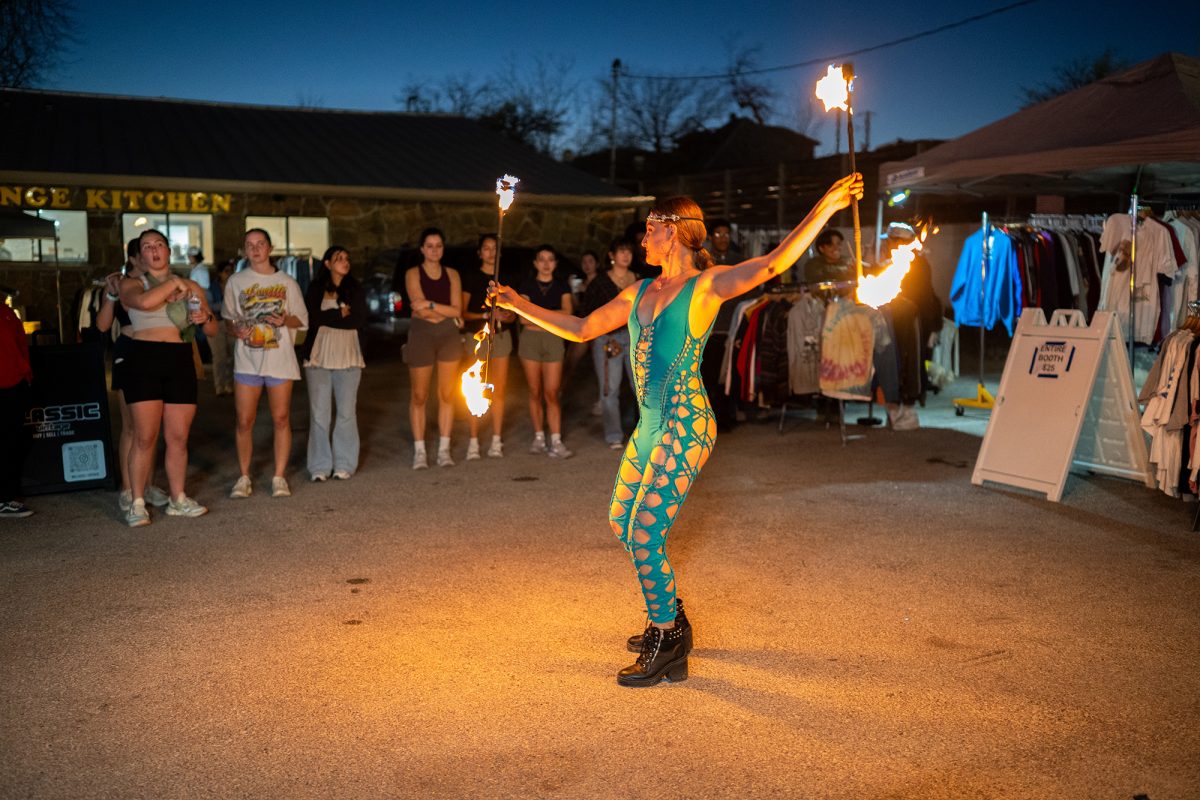From jailhouse to dance hall to community center, the Calaboose African American Museum celebrates the contributions of African-Americans in San Marcos.
The Calaboose African American Museum was originally a jailhouse in San Marcos, established in 1873, drawing its name “calaboose” from a common term for jail during the reconstruction period.
In 1943, a United Service Organization dance hall was added to the jailhouse for black soldiers because during this time segregation was strictly enforced in the south. In 1954, it was converted into a community center for those who lived in the Dunbar/San Marcos area, according to the Calaboose Museum.
Johnnie Armstead, founder of the museum, created Calaboose to bring the African American community together and to educate community members about the history of San Marcos. She led the renovations in 1990 to convert the old jailhouse and dance floor into a museum. In 1997, by an action of the San Marcos City Council, the Calaboose Museum was born.
The museum houses artifacts such as washboards, processed and unprocessed cotton, slave workday attire and even a Ku Klux Klan member’s hooded robe. There are newspaper clippings on the walls that describe rallies of Klan members and African American rallies.
A tour of the museum takes about an hour and a half and allows attendees to visit both parts of the museum. The first part of the tour starts where the original jail was and displays Buffalo Soldiers, Tuskegee Airmen artifacts and newspaper articles about the military men. The second part of the tour takes attendees through the portion that was originally the USO dance hall.
Elvin Holt, president of the board of directors and Texas State English professor, has been president since 2009 after Armstead died.
“I do it because I knew Ms. Armstead very well,” Holt said. “We were good friends and I don’t want to see her vision and her legacy lost or I don’t want to see the museum closed.”
Ramika Adams, treasurer for the board, said she is proud to be part of preserving history in San Marcos and had been looking for a chance to make change within her community. The Calaboose Museum has given her this opportunity.
Adams said she never had the chance to meet Armstead, but is certain her legacy stands strong in the museum.
“She was unstoppable, a fierce force who proudly stood firm in her convictions to be the change,” Adams said.
Admission to the museum is free. Since there is not a steady flow of funding coming in, the museum relies heavily on volunteers.
Jerrilyn Roberson, therapeutic recreation senior, president of Black Student Alliance and board member at the museum, had the opportunity to volunteer at the museum when it held a fundraiser to celebrate its 20th anniversary on Feb. 10.
Roberson said serving on the board at the museum has made a big impact on her life upon moving to San Marcos.
“The museum gave me the opportunity to get in touch with the black culture of San Marcos and even helped me find my place here,” Roberson said.
The Calaboose African American Museum is open from 10 a.m. to 3 p.m. on Saturdays and is located at 200 Martin Luther King Drive.
Categories:
Museum celebrates African-American history in San Marcos
March 1, 2018
By marina
Volunteers at the Calaboose Museum giving a tour.
Photo by Marina Bustillo-Mendoza | Staff Photographer
0
Donate to The University Star
Your donation will support the student journalists of Texas State University. Your contribution will allow us to purchase equipment and cover our annual website hosting costs.
More to Discover



